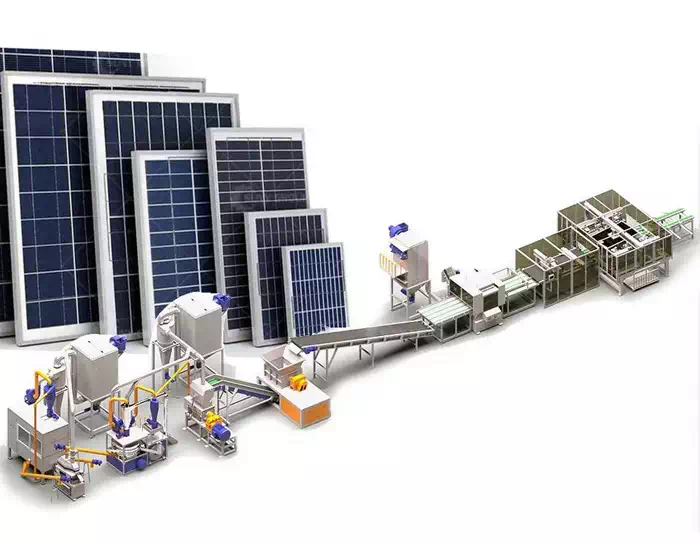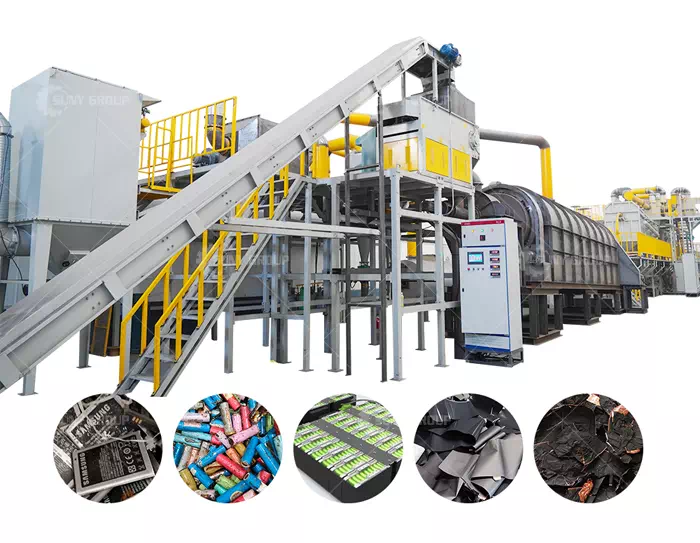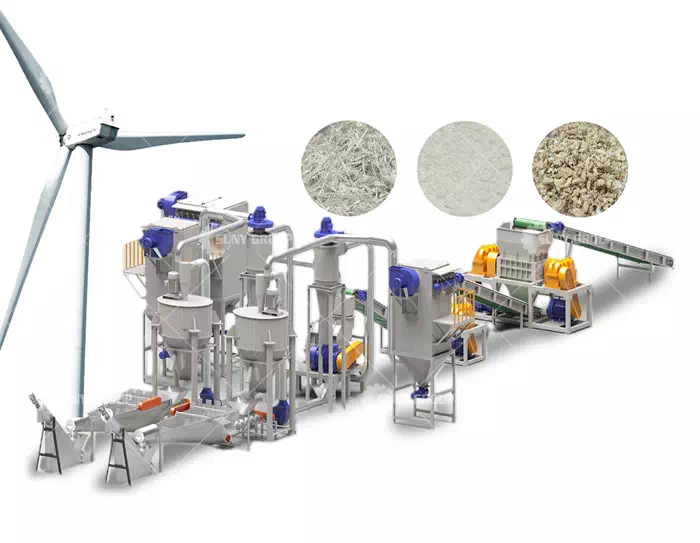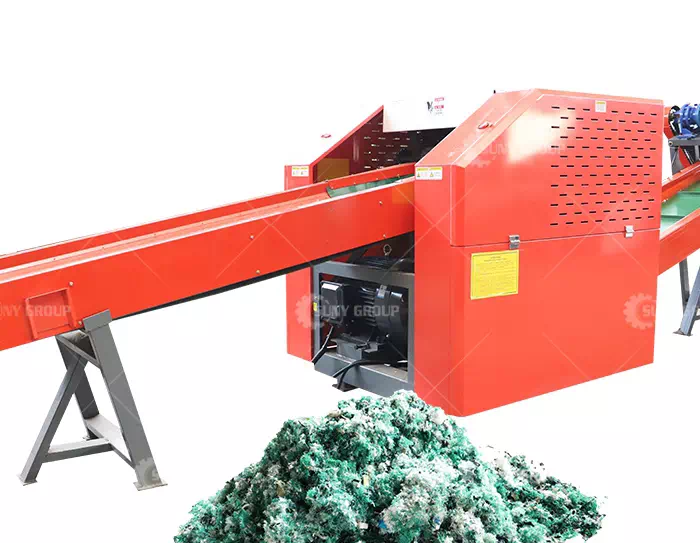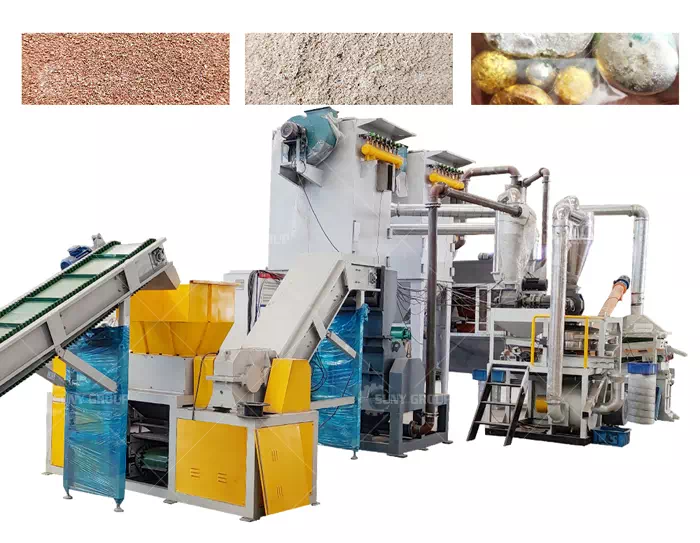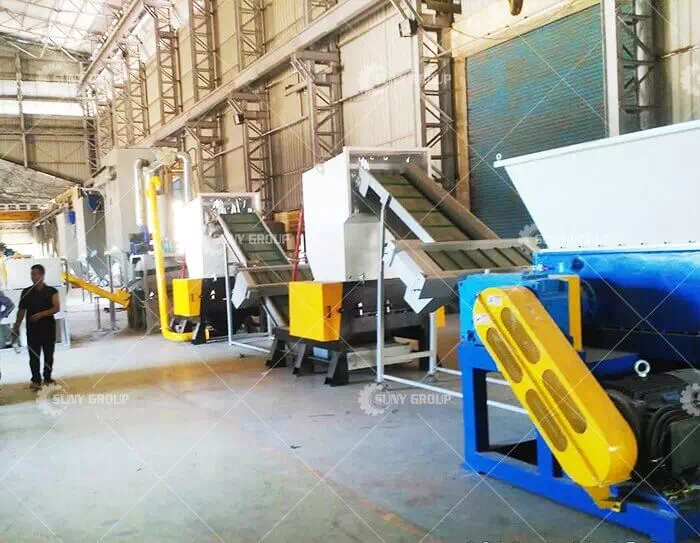Cheap phones are the big culprit for India's e-waste problem
Globally, 44.7 Mt of e-waste were generated in 2016, but only 20% of this (8.9 Mt) was documented as collected and recycled. By 2021, the volume of such waste is expected to rise nearly 17% to 52.2 Mt, the study added.There's an e-waste crisis lurking behind India's cheap-phone boom
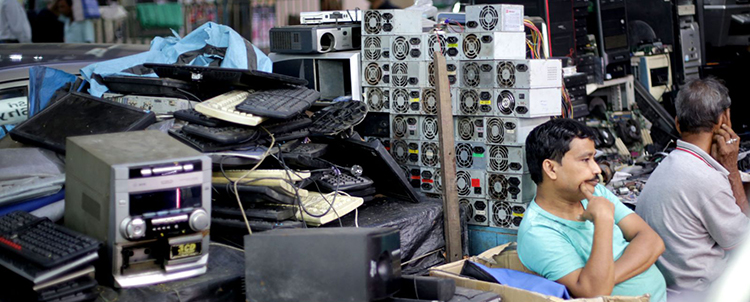
India is among the top generators of electronic waste (e-waste) in the world.
In 2016 alone, the country churned out 1.975 million tonnes (Mt) of e-waste, according to the Global E-Waste Monitor 2017, a research report by the United Nation's International Telecommunication Union, the UN University, and the International Solid Waste Association.
E-waste includes all sorts of appliances, big and small, such as refrigerators, laptops, calculators, lamps, printers, phones, and more. The e-waste quantities were determined by studying country-level data, calculating the lifespans of products sold globally, and measuring the residue from waste bins.
India is currently the world's second-largest smartphone market and mobile phone usage in the country is still rising.
“Lower handset prices in developing regions are the result of manufacturers’ efforts to offer increasingly affordable entry-level smartphones for low-income users” in the sub-$200 (Rs12,795) category, the report noted. Manufacturers are promising even lower prices in the future, which means “more people will be able to afford new equipment, and that more equipment will eventually be discarded,” it added.
By 2020, the demand for e-goods in India is poised to touch $400 billion (paywall). Consequently, waste generation will increase. A study by the Associated Chambers of Commerce and Industry (Assocham) and New Delhi-based business management consultant cKinetics predicts the volumes of e-waste could rise to as much as 5.2 Mt by 2020.
But the Indian government is making some headway in tackling this problem
In 2016, India implemented the E-waste Management Rules, which hold producers accountable for the collection of e-waste and its proper disposal. By now, 66% of countries across of the world have e-waste laws, up from 44% in 2014. “The large increase was mainly attributed to India, where legislation was adopted in 2016,” the report said.
India has had unorganised e-waste processing operations in place for years. More than one million people are involved in manual recycling, as per the e-waste report. But that may not be the best way to tackle the problem.
Even though trained and licensed recyclers have to expand for years, illegal processors still take away almost 95% of their business. “Most of these people have very low literacy levels with little awareness of the dangers of the operations,” the report says. “Severe health impacts and environmental damage are widespread in India due to the final step of the e-waste processing by the informal sector.”
Under the e-waste management rules instated last year, state governments have been given the responsibility of ensuring the safety, health, and skill development of workers involved in dismantling and recycling operations.
Recommend products
CONTACT US:
If you have any requirement or suggestion, please fill in the form and send to us, thanks!E-mail:sunymachine@gmail.com | Whatsapp:+8613674945231


